The UK’s healthcare sector is huge. The NHS is the largest employer in Europe with around 1.3 million full time staff. And that’s before we even account for private organisations which treat over one million patients in the UK each year.
The supporting infrastructure is simply massive, but it’s disjointed, cumbersome and vulnerable. You only have to look at how the Trojan malware ripped through the systems at Barts Health Trust back in 2017 to see a system struggling to stay fit-for purpose.
The pandemic showed just how far behind the healthcare sector was compared to others and almost forced the system to modernise. Pre-pandemic, less than 5% of appointments were done via telephone or video. At the height of the pandemic, this had risen to 80%. If it weren’t for the last two years, I really wonder if this change would have happened in even 40 years.
But we still have miles to go when it comes to healthcare tapping into the transformative benefits of next gen tech. Constant pressure to reduce budgets means the sector is falling behind when it comes to investing in technological innovation.
What’s more, in 2025, the digital network on which the UK’s public switch telephone network is run will close. This means that all phones will have to be run via IP exchanges by then at the very latest.
But what does this all mean in practice ?
The number of unfilled vacancies in the NHS has now risen to 110,192. This staffing shortage means the NHS is under huge pressure to make its staff as efficient as possible meaning embracing new technologies is more necessary than ever.
This will be the pressure release to relieve the burden on staff and increase efficiency for patients.
For example, at the moment, patients looking to order a repeat prescription or change an appointment often sit in a telephone queue with someone who needs urgent medical care. A receptionist might even end up dealing with routine queries ahead of the urgent.
To create a modern healthcare system which is fit for purpose, it’s vital that we automate these routine tasks so that our valuable human assets can be deployed where they are really needed. Modern chatbots can make it feel like you’re talking to someone whilst quickly guiding you to a solution. Nervous patients may even prefer dealing with a machine when it comes to sensitive problems.
This tech is already commonplace in the corporate sphere, we need to bring it into healthcare where it’s really needed.
Another example of a routine task which could be replaced is the taking of blood pressure readings. In some organisations, staff have to ring patients wearing blood monitoring devices to ask for readings then manually enter the data into a machine, three times each day. That’s insane.
A machine could easily replace this process and save the healthcare industry millions in the process. What’s more, we’re not talking about replacing roles, but making them more enjoyable and more skilled. Just imagine the transformative impact of an infinite number of bots, working 24 hours each day.
Another area technology could play a massive role is when it comes to language. We live in an incredibly diverse country. In Egham, Surrey, the healthcare trust supports over 56 different languages. IVA’s have the ability to draw on the big language engines to produce an inclusive service for all patients as our population becomes increasingly diverse.
No one is saying that technology is the silver bullet to solve all of healthcare’s problems. But it might just be an important part of the solution.




